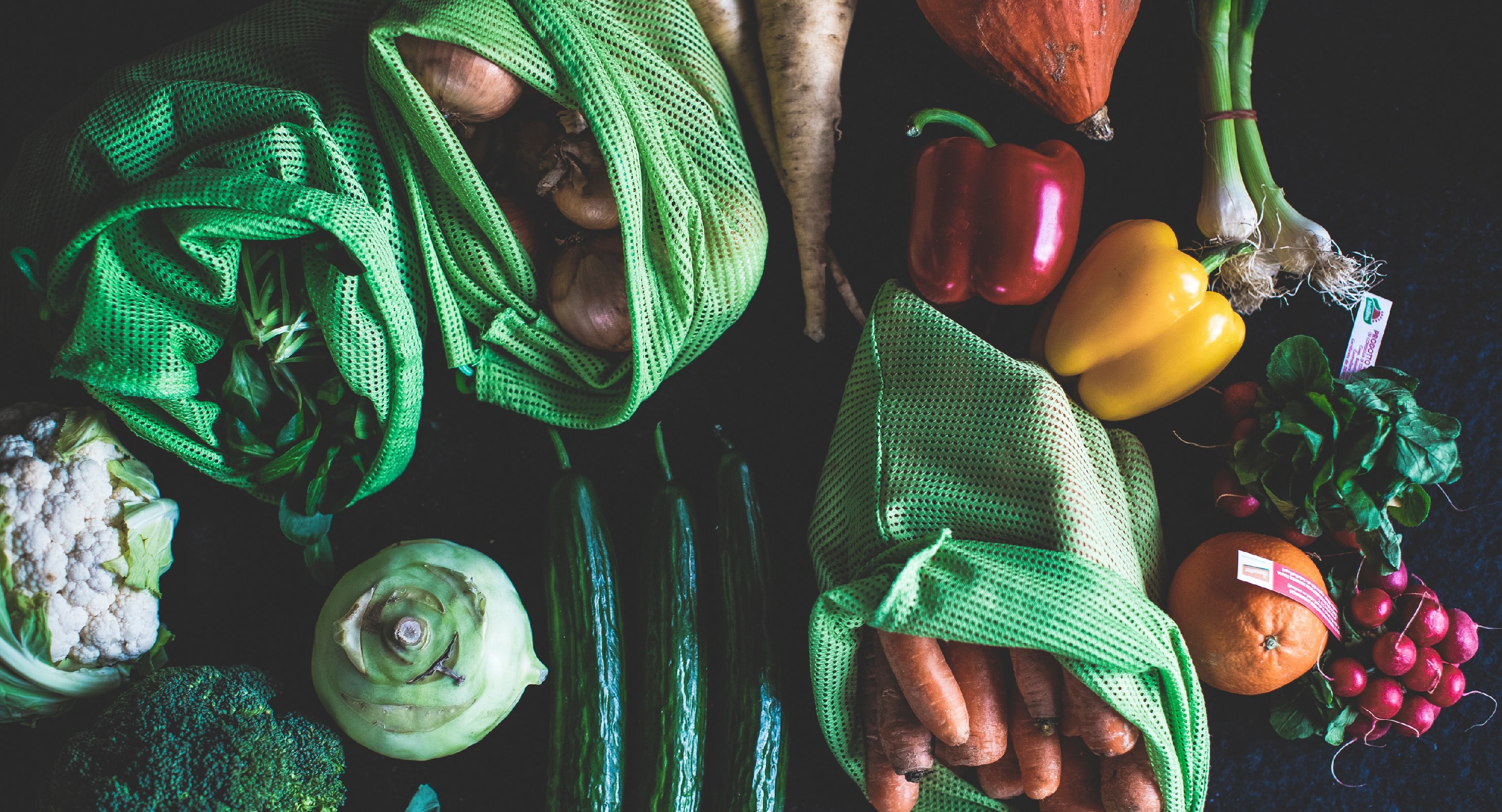The world we’re living in is changing and with it the consumer is shifting as well. More and more we are witnessing how people are becoming emotionally invested in healing the planet. Leading to customers becoming passionately aware of the necessity of sustainability and environmental protection. So how is your supermarket or food goods outlet adapting to the growing demands of the conscious consumer?
What consumers are saying
70%: The number of consumers willing to pay 5% more on alternative ‘green’ products and services of the same quality.
70%: The number of people wanting brands to address the needs of the environment
48%: The percentage of people willing to change their consumption habits in order to lower their carbon footprint.
50%: The number of companies implementing and capitalizing on sustainability programs in their outlets.
So what can your grocery store do to ‘green’ drive sales, cut down on consumption and attract sustainably-minded customers?
1. Get rid of plastic
In the US alone, 10% of all food waste comes from grocery stores. Further to this, the retail market is also responsible for a huge amount of packaging waste. So it stands to reason that seeing individually wrapped fruit or multiple layers of plastic on a single item generates anger in consumers. This is leading to a global re-thinking of values and seeing market giants like Woolworths recently announcing that they will be eliminating all plastic bags at checkout counters. Many other retailers are starting to follow suit too, with reusable or recyclable alternatives.
2. Sell discounted produce
Consider introducing a dedicated counter that promotes the selling of imperfect or close-to-expiration products. Not only does this offer another revenue stream, but it also allows you reduce your end-to-end waste. Which is a win-win scenario.
3. Label to enable
Many would-be recyclers don’t recycle their products as the process feels intimidating. So help them along by providing easy recycle instructions and labelling. The simpler the process the more likely consumers will be to adopt this practice.
4. Shop local
Keep emissions down by buying from local sources. Not only does this mean you are supporting local communities, but it also means transportation is less. This is genuinely helping the environment and can be cleverly used in your marketing material to advertise your brand’s mindfulness.
5. Donations
Partner with a local charity organisation like FoodForward SA to donate food or other expired products that would otherwise be thrown away. This particular company is feeding over 30 000 South African kids a day by recovering surplus food from various chains and redistributing it to those in need.
6. Compost at shop level
If you have a grocery or food outlet, fresh goods waste is inevitable. To assist with this many stores have initiated composting at a store level. This relies heavily on location and logistics, but if it is possible, it is a noble step to take.
The bottom line
With all these changes being made at retail level, and with all the shifts in consumer mentality, it is safe to say the tides are changing. Once you buy into the movement, you can and should advertise proudly about all the ‘green’ efforts you are making as a brand and business. Because not only will this build your brand equity, but it will also further this important message and make you an important part of this global change.

